The Challenge
The Regional Transportation Commission of Southern Nevada (RTC), is like any other municipal transportation agency in the country. Not only do they provide public transit, but they are also responsible for traffic management, roadway planning, and engineering. Their website sees millions of visitors every year from locals to tourists, and contractors to builders. Their website was outdated in terms of usability, architecture, and CMS editing capabilities.
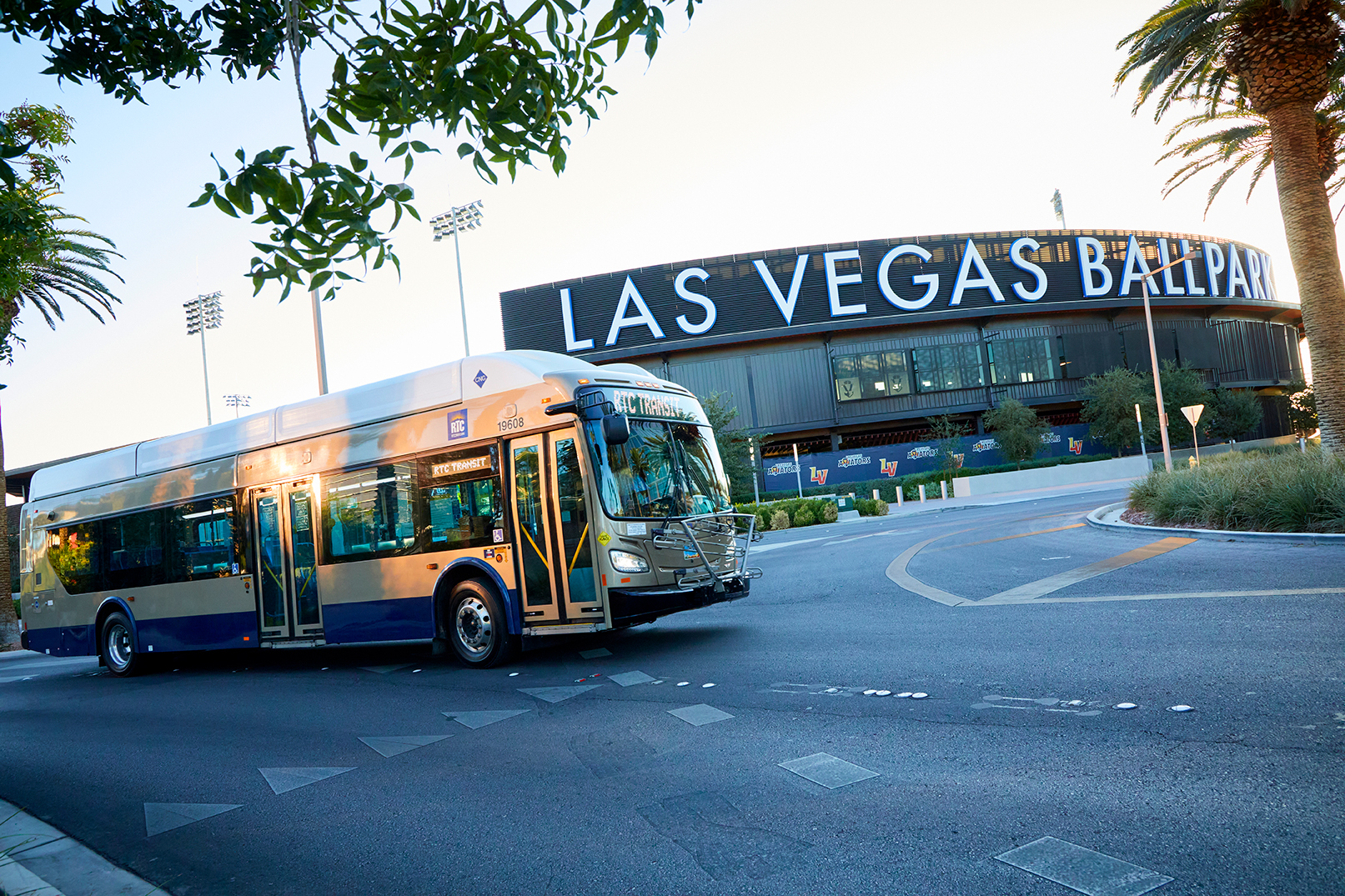
The Solution
Over one year, we conducted numerous activity analysis studies and participatory design exercises with over a dozen RTC departments. We also analyzed existing research, gathered new research, and developed prototypes for preliminary testing.
Using a phased launch approach, we tested and released an iterative design to create a website that was optimized for all users and could be managed by internal departments. The website received very positive feedback from users and employees.
PHASE 1
Understanding Through Research
Using data from sources such as Google Analytics and user feedback, we were able to garner insights about the site audiences, where they were spending their time, how they were using the site tools, and their general sentiment about the site. We also conducted additional research by sending surveys to a database of existing RTC users to get enough new quantifiable feedback.
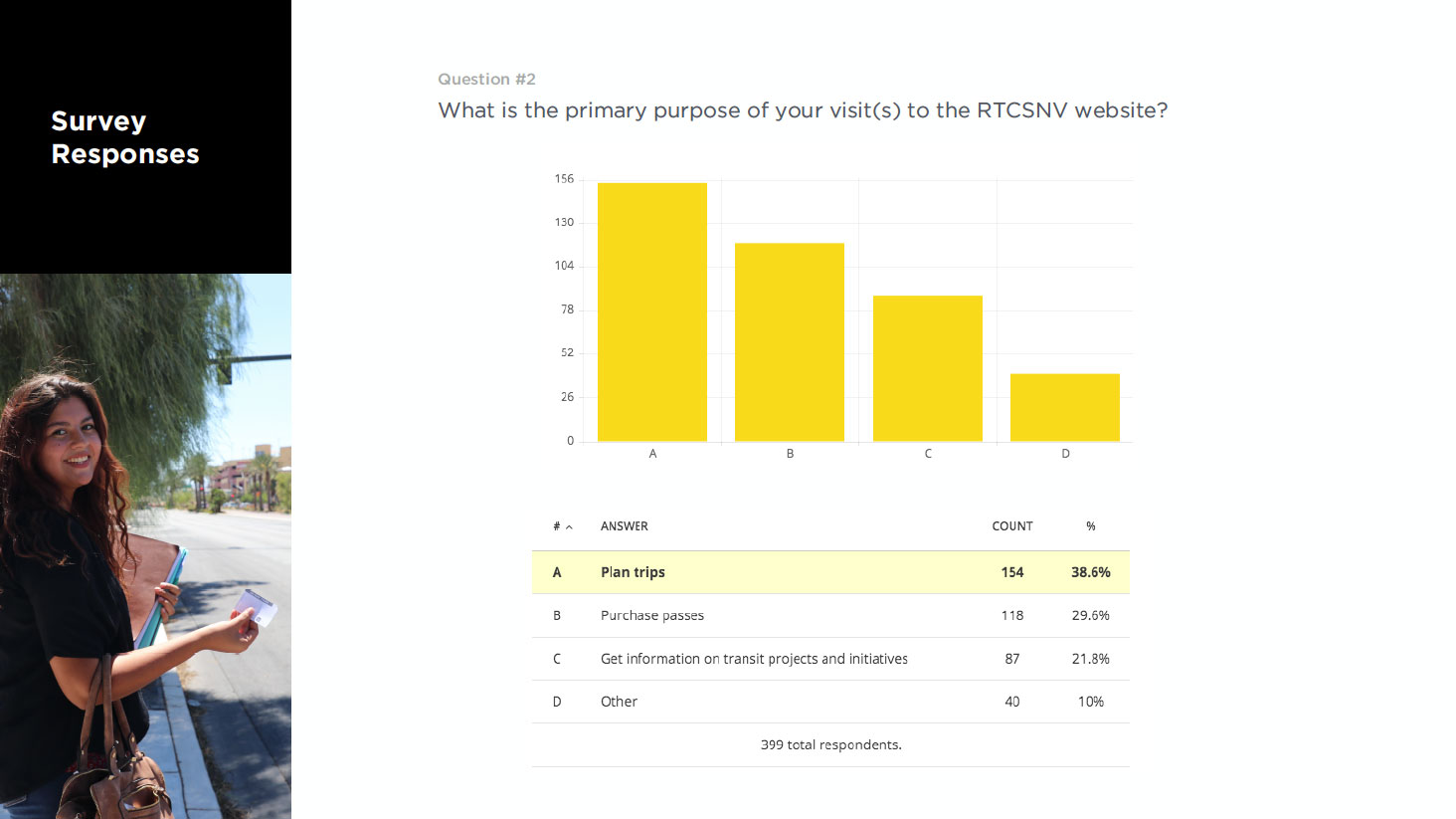
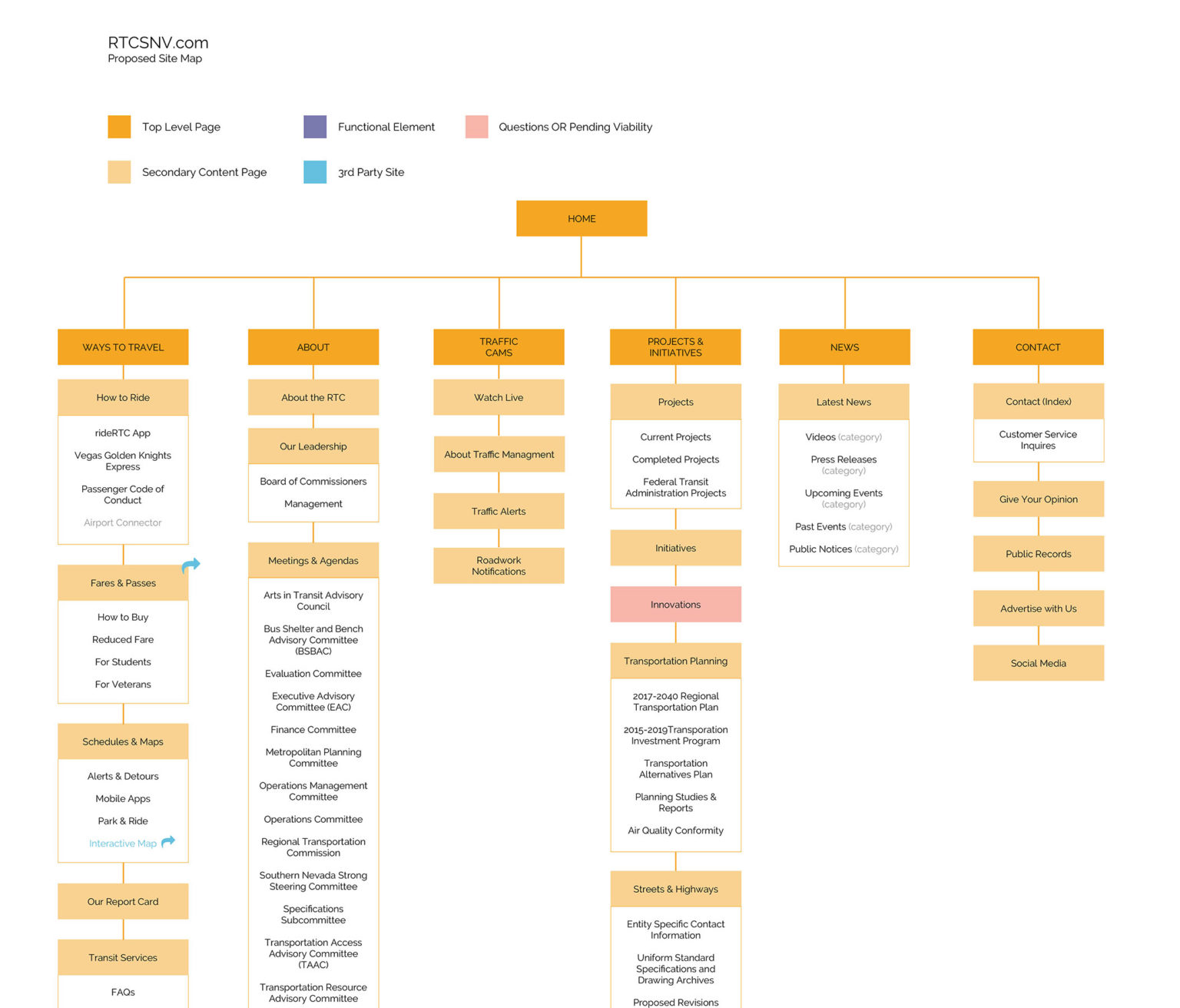
PHASE 2
Analyze and Plan
We engaged in collaborative sessions with key stakeholders from every department within the RTC to understand their perspectives on the existing website’s pain points, considering both customer and contributor experiences. Additionally, we explored potential enhancements that could benefit transit riders and other user groups. By actively listening to their insights regarding the importance of project and initiative visibility within the website’s structure, we synthesized this information with our prior research findings and card sorting exercises. This resulted in a streamlined and user-friendly information architecture on the front end. Furthermore, on the back end, these discussions aided in defining various CMS user roles and their corresponding access privileges.
PHASE 3
Design
We used the RTC’s existing brand guidelines to build a design system. We created global components within the CMS that any department could easily manipulate and edit. We particularly accounted for mobile users, as a majority of the audience were riders on mobile devices.
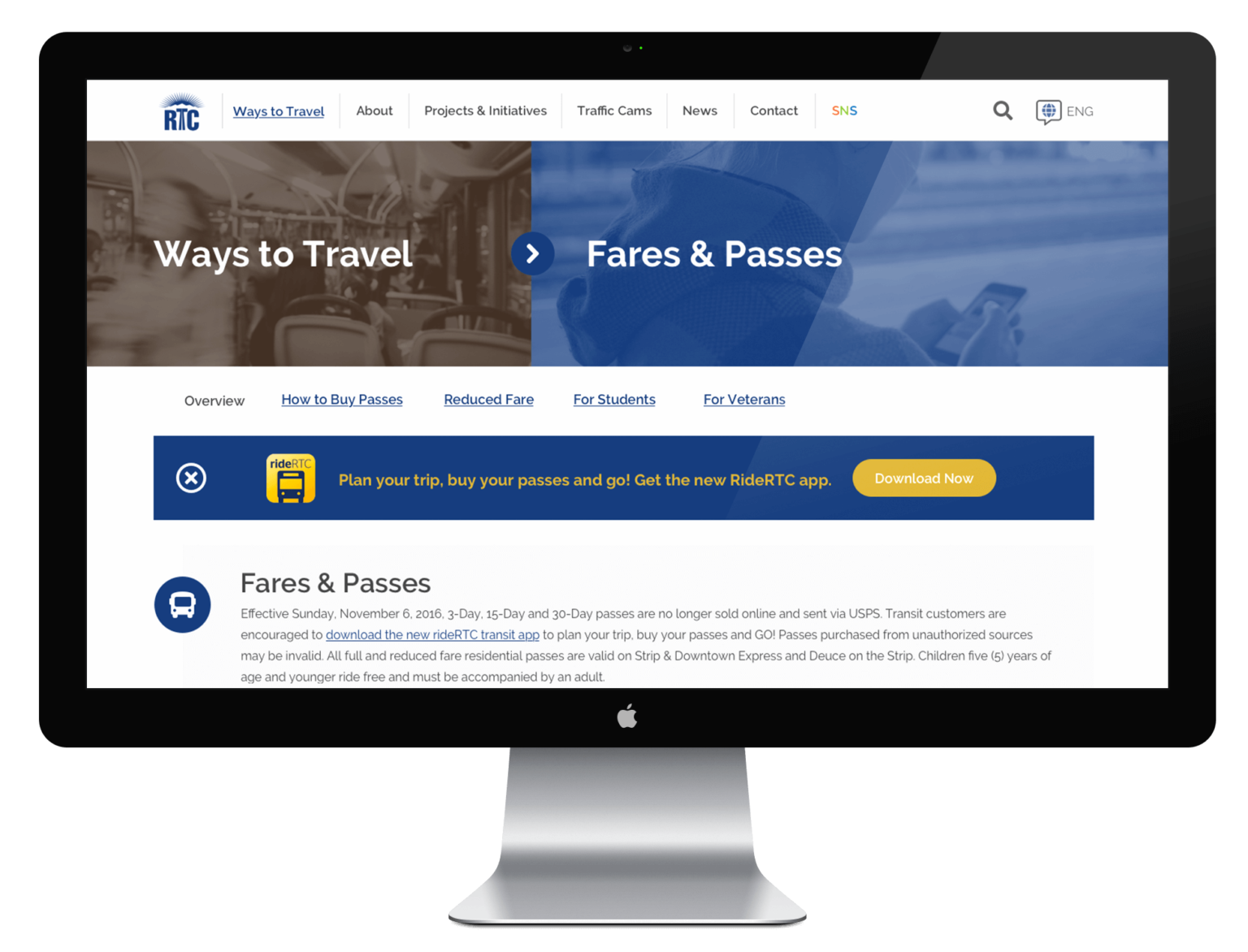

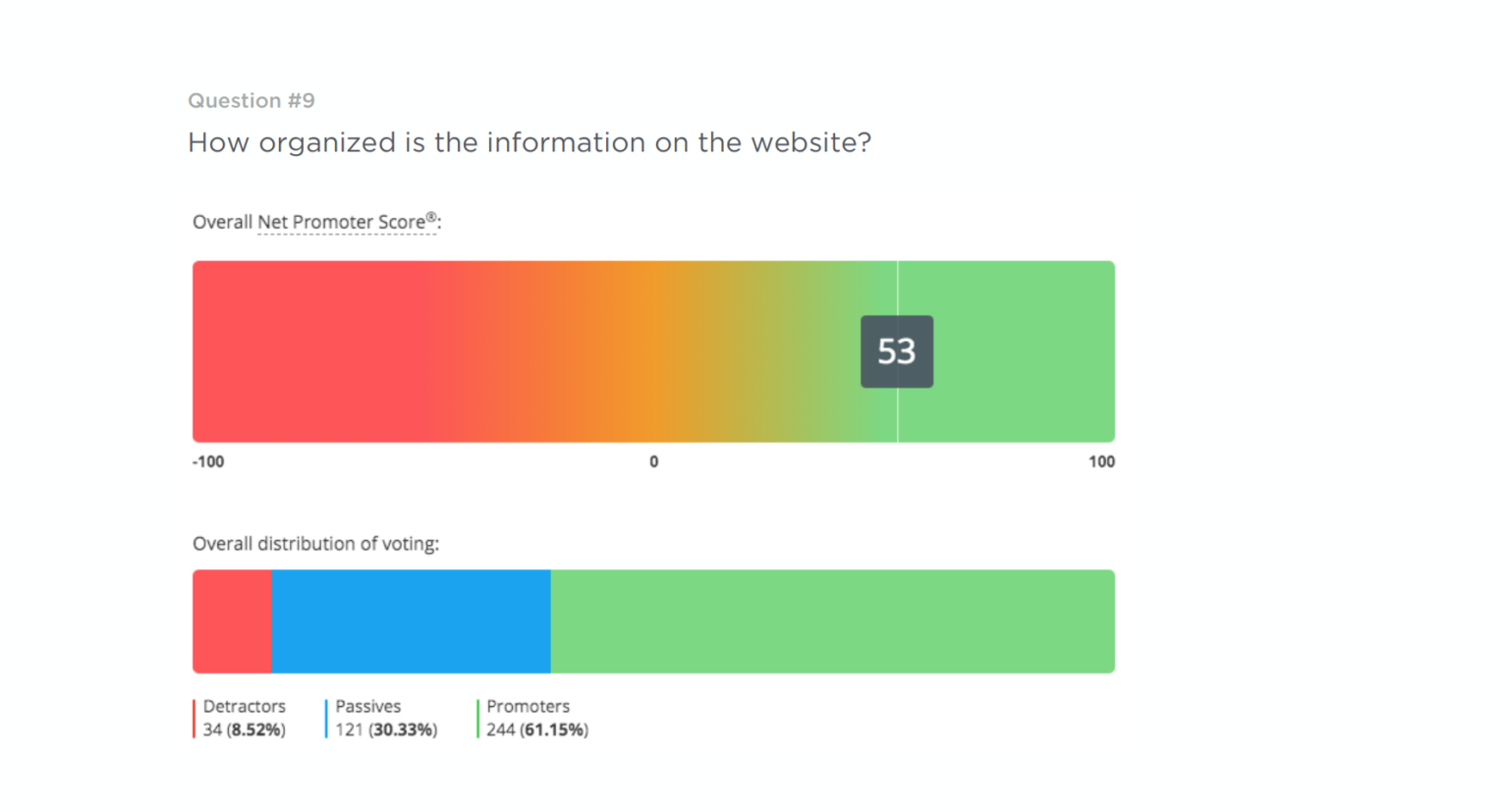
PHASE 4
Evaluate
We gathered NPS scores and general comments from users on the website to gauge how much it improved. It received overwhelmingly positive feedback from both the public and stakeholders.